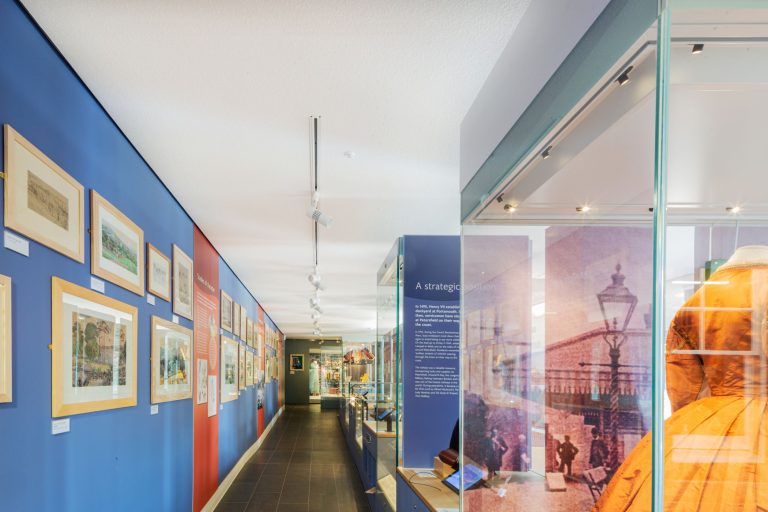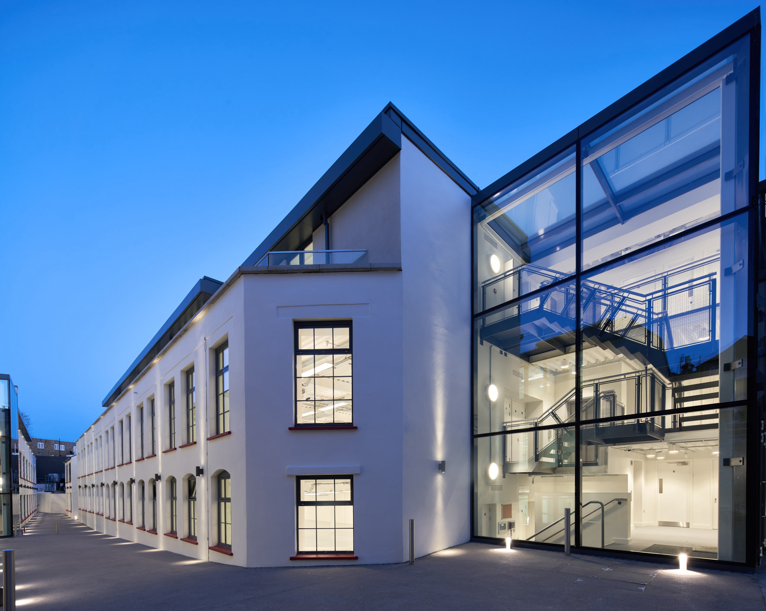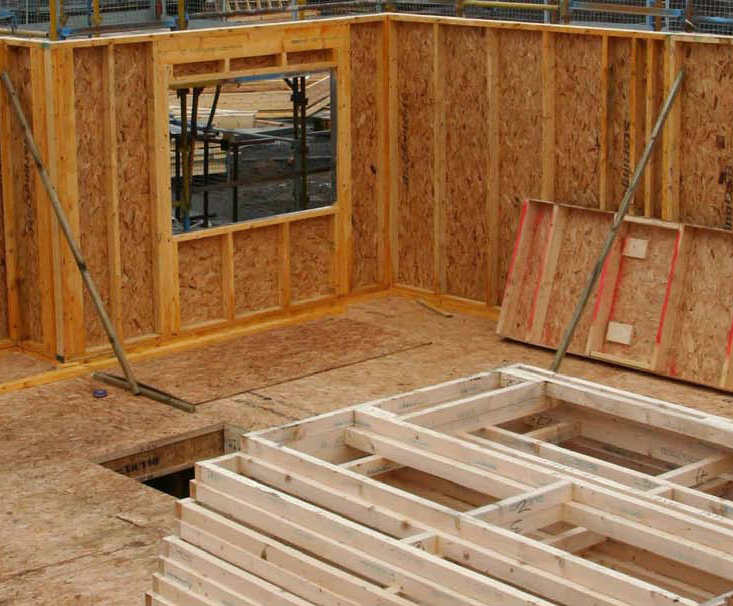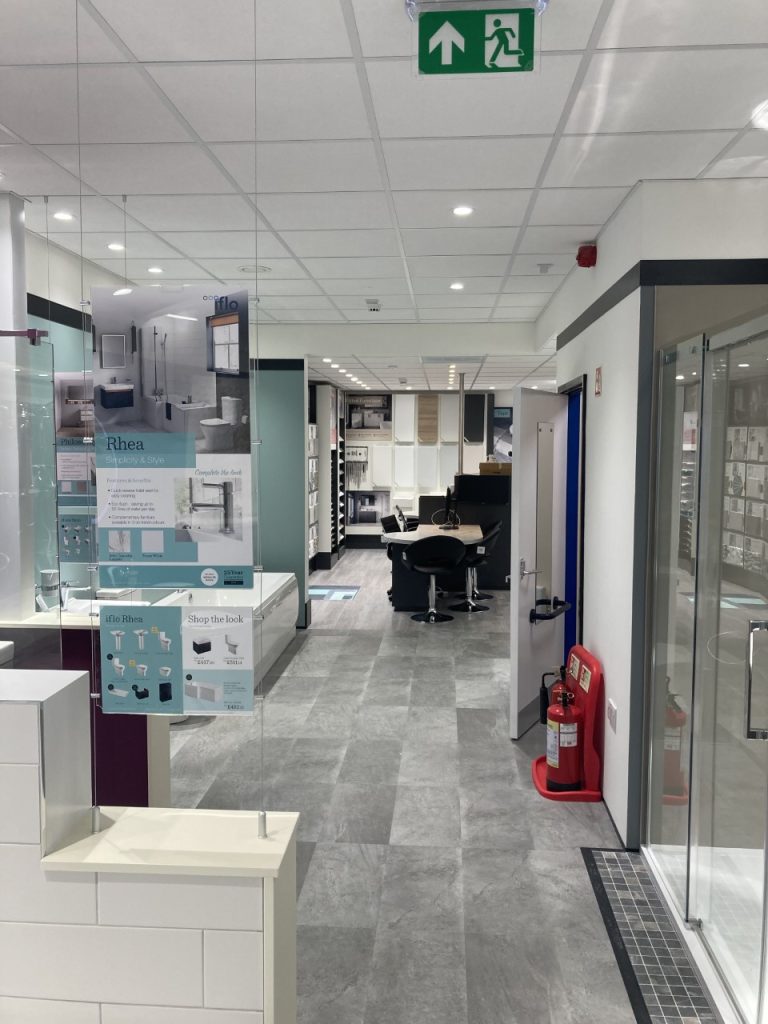City Plumbing has opened a new branch to support local tradespeople and homeowners of Winsford, Cheshire. The new Winsford branch, located at the UK’s first ‘green’ business park, the Road One Industrial Estate, will cater to plumbers, heating engineers, bathroom installers and electricians, as well as homeowners looking to create bespoke bathrooms. Opening today (21st March), plumbing and heating engineers can use the branch to browse through the 20,000 spare parts available from all of the leading manufacturers, receive advice and business support from colleagues who have years of trade experience, and visit the Bathroom Showroom to view its wide range of bathrooms. Throughout its first month, the branch will host Trade Mornings where tradespeople can explore new products and speak with specialists from a wide range of industry suppliers. Electricians will also be able to source essential products from the electrical trade counter which is stocked with over 2,000 electrical products as well as receive advice from experts. Additionally, the branch will be host to The Bathroom Showroom, which offers complimentary 3D design planning, virtual appointments, and tile sampling to help bathroom installers and homeowners create bespoke bathrooms with the exact finish they desire. Paul Glover, Branch Manager of the Winsford branch said, “With experienced staff on hand to offer expert advice and support across heating, plumbing, bathrooms and electrical, we are delighted to be able to offer a one-stop-shop for local tradespeople in and around Winsford. The Bathroom Showroom on site will also help local homeowners create their ideal bathrooms.” The Winsford Branch is located at Unit 3 Artis Park, Road One, Winsford Industrial Park, CW7 3QE To learn more about City Plumbing please visit www.cityplumbing.co.uk














